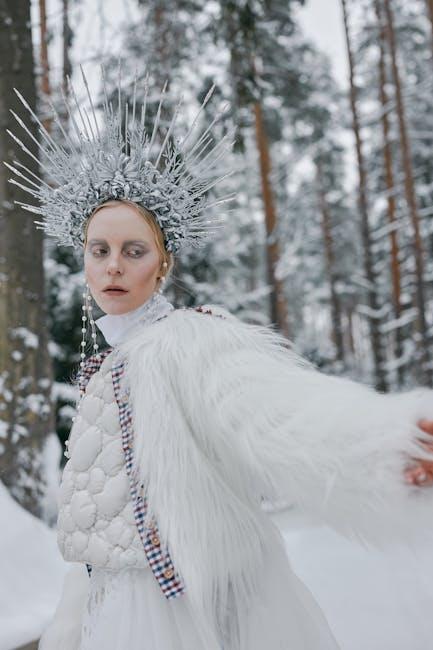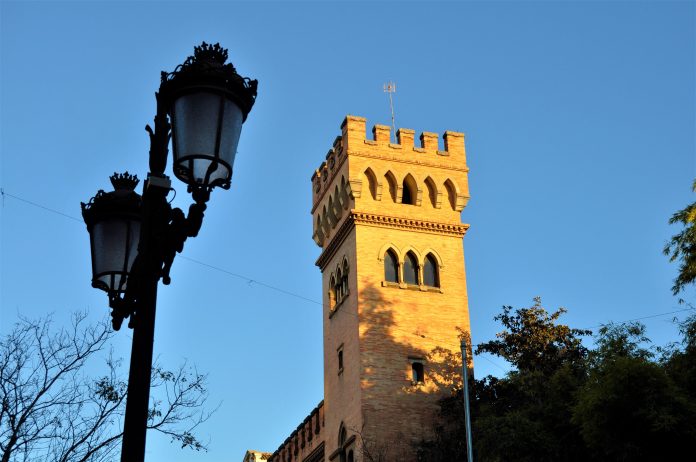In the grand tapestry of historical drama, few series have woven a narrative as captivating and intricate as ”The Crown.” With its lavish production and meticulous attention to detail, the show has transcended mere entertainment to become a cultural phenomenon, offering a window into the enigmatic world of the British monarchy. At the heart of this captivating saga are its characters—figures both real and reimagined—who not only drive the plot but also embody the complexities of power, duty, and identity. From the stoic resilience of Queen Elizabeth II to the fiery spirit of Princess Margaret, these characters are more than mere portrayals; they are the lifeblood of a story that explores the human condition through the prism of royal life. This article delves into the most memorable characters of ”The Crown,” examining why they resonate with audiences and how they illuminate the timeless themes of leadership, legacy, and the burdens of the crown.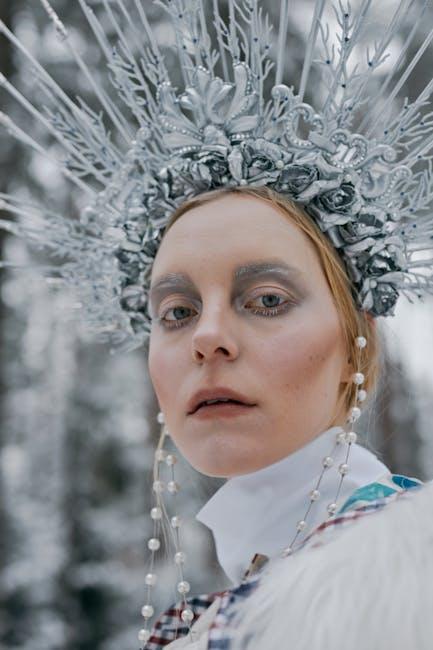
Intriguing Personalities: Unveiling the Depths of The Crowns Characters
At the heart of the drama and intrigue lies a tapestry of complex characters that give “The Crown” its compelling depth. These personalities are not merely historical figures but are vividly reimagined to reflect their multifaceted nature, resonating with the audience on a personal level. Their stories delve into the intricacies of power, duty, and personal sacrifice, making them unforgettable and poignant. Among these characters, a few stand out for their profound impact on the narrative:
- Queen Elizabeth II: The embodiment of stoic duty, her journey is one of personal evolution amidst the backdrop of a rapidly changing world. Her resilience and unwavering commitment to her role exemplify the burdens and solitude of leadership.
- Prince Philip: Often in the shadow of his wife, his struggle for identity and purpose within the constraints of royal life is both relatable and tragic, providing a nuanced portrayal of masculinity and vulnerability.
- Margaret Thatcher: As the ‘Iron Lady,’ she introduces a formidable presence, showcasing the clash between tradition and modernity. Her dynamic with the monarchy underscores the political tensions of the era.
- Princess Diana: A cultural icon, her storyline is a poignant exploration of fame, love, and the quest for individuality within the confines of royal expectations.
These characters not only drive the narrative but also offer a mirror to the societal and personal dilemmas faced by individuals in positions of power. Their stories are a reminder of the human element within the grand spectacle of history.
Historical Impact: How Fictionalized Royals Reshape Our Understanding
Fictional portrayals of royal figures, like those seen in The Crown, have a profound effect on our collective understanding of history. These characters, while dramatized, often serve as accessible gateways into the complex world of monarchy. By humanizing larger-than-life personas, they invite audiences to delve deeper into the socio-political contexts that shaped their reigns. This dramatization does more than entertain; it subtly educates and influences public perception.
Impactful Aspects of Fictionalized Royals:
- Character Complexity: By highlighting personal struggles and triumphs, viewers gain a nuanced understanding of royal duties and personal sacrifices.
- Historical Context: The series sheds light on pivotal events and their impact, offering a dramatized yet insightful look into history.
- Emotional Engagement: The emotional depth presented helps to foster empathy and a deeper connection to historical figures.
These elements not only captivate audiences but also encourage them to question and explore the authentic narratives of history.
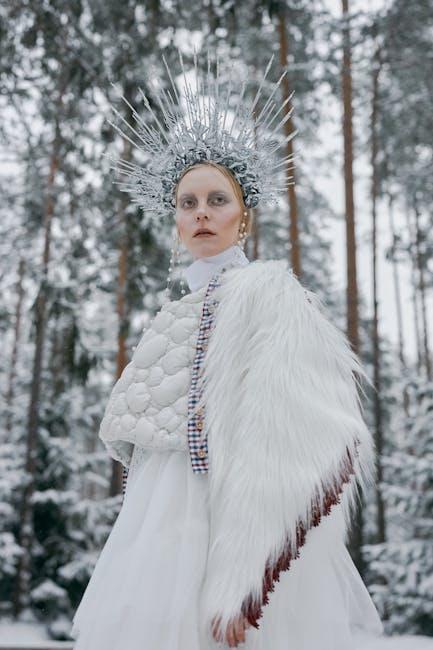
Character Evolution: Analyzing the Growth and Transformation in The Crown
Throughout the series, The Crown meticulously charts the intricate evolution of its characters, showcasing the profound personal and political transformations they undergo. The series is lauded for its attention to historical accuracy, yet it is the nuanced portrayal of its characters’ growth that captivates audiences. From Queen Elizabeth II‘s steadfast resolve to Princess Margaret’s tumultuous quest for identity, each character’s journey is marked by a distinct arc that reflects their response to the pressures of monarchy and personal ambition.
- Queen Elizabeth II: Her transformation from a young, inexperienced monarch to a seasoned sovereign is marked by her growing confidence and understanding of her role’s immense responsibilities.
- Prince Philip: His evolution is highlighted by his struggle to find purpose and identity within the confines of royal duty, ultimately embracing his role as a supportive consort.
- Princess Margaret: The series vividly portrays her quest for personal freedom and fulfillment, capturing her rebellious spirit and the challenges of living in her sister’s shadow.
- Prime Minister Winston Churchill: His character arc demonstrates the shift from a war-time leader to a revered elder statesman, grappling with the inevitable passage of time and change in leadership.
These character evolutions are not merely a backdrop to historical events but are integral to understanding the broader narrative of the monarchy’s impact on individual lives. By delving into their personal stories, The Crown offers a compelling exploration of how duty, power, and personal desires intertwine, leaving a lasting impression on its audience.
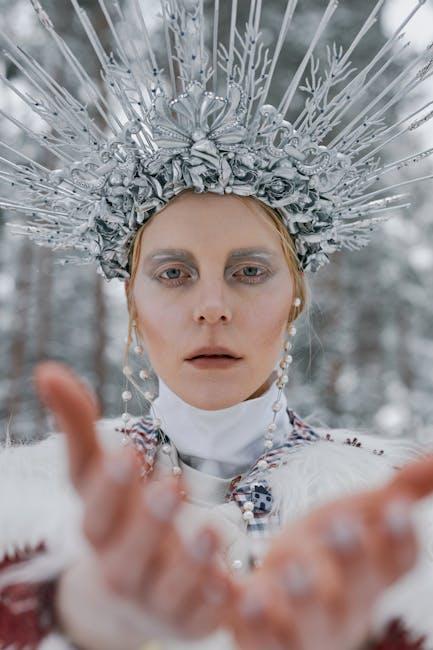
Lessons from the Throne: What The Crowns Characters Teach Us About Leadership
The characters in The Crown offer profound insights into leadership, portraying both the burdens and triumphs that come with power. Queen Elizabeth II exemplifies the importance of duty over desire. Her steadfastness teaches us that true leaders often make decisions that prioritize the greater good, even at personal cost. Her journey is a reminder that leadership is not just about the power to act, but also the wisdom to refrain when necessary.
Winston Churchill, another pivotal character, showcases the power of resilience and the importance of conviction. His leadership during turbulent times underscores the necessity of having a clear vision and the courage to pursue it, even when faced with immense opposition. Additionally, Margaret Thatcher brings to light the strength of conviction and the complexities of leadership in a male-dominated world. Her determination and boldness illustrate the need for leaders to be unapologetically authentic, challenging the status quo to drive change. These characters collectively highlight the multifaceted nature of leadership, emphasizing:
- Duty and Sacrifice: Balancing personal desires with the responsibilities of leadership.
- Resilience and Vision: Standing firm in one’s beliefs despite challenges.
- Authenticity and Change: Embracing one’s true self to inspire transformation.
